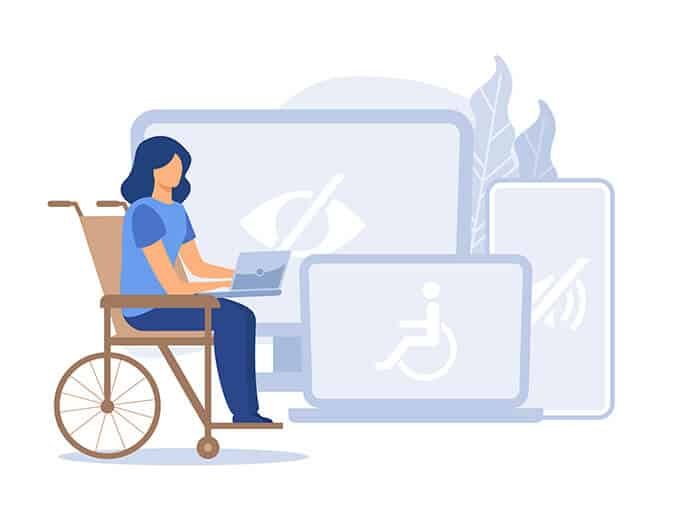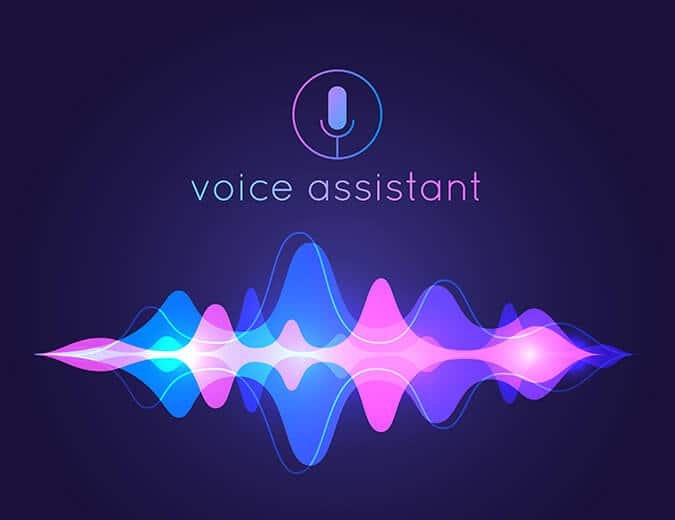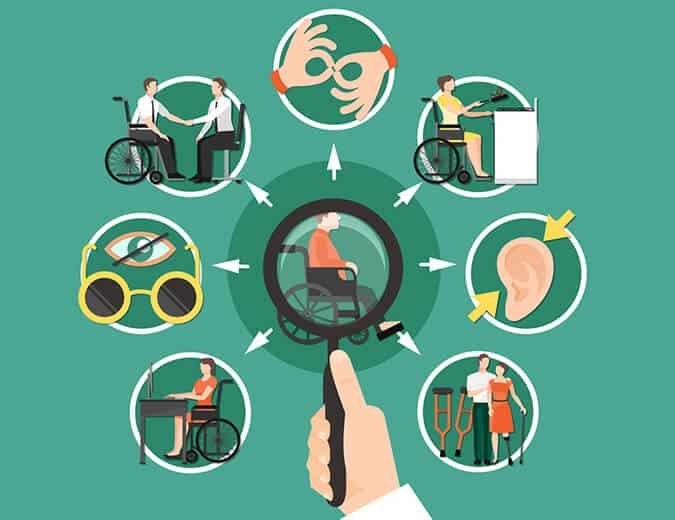How Covid-19 changed the Landscape of Digital Accessibility
In today’s world, our generation has seen the growth of few apps to a million, the development of new apps every day has changed the modern world to a great extent. Earlier people hoped for comfort and wanted everything so technical and so smooth that led them to so many advancements and finally now we’re here. A world that is fully digitized with apps of every kind and for every genre. Still, as it is said that a man is never satisfied, so here we are on the path of creating new apps in every way possible which could actually change the world. So here comes the question, do you want to be a part of this change too?

When businesses closed due to COVID-19, the reliance on the web by the public to do anything rapidly increased; it was no surprise that people turned to the digital world to close their needs previously done in person or overall- whether that includes doing the weekly shopping, working, paying off bills, going to the nearest gym or even connecting with friends and family. These can be carried out remotely, using digital services (to a certain degree!).
Digital transformation was already occurring, but what happened due to the pandemic resulted in a whole different ball game. Unexpected levels of reliance on the internet are now forecasted to continue even after the pandemic is over. This crisis signals a significant imprint as to how we move forward. The awareness we obtained over this past year can help in managing digital accessibility for the future. As a result, full accessibility of these channels is crucial. Companies that extend automated aids and professional advice to support the accessibility journey of each user are the answer.
Constantly-evolving need for Accessibility
Contemplate this: As consumers stay online increasingly to conduct critical work, the focus will turn to digital channels, which will, in turn, bring website accessibility in a more definite direction. The COVID-19 pandemic was a necessary reminder of digital accessibility challenges. Most organizations do not hold plans to address each of these challenges but should start planning to do so.
It has denoted a breakthrough situation, provoking people to proactively address accessibility in a way that they otherwise might not have done. The pandemic made everyone experience the challenges of staying indoors and relying more heavily on digital solutions that keep some stability and normality in lives.
However, for people with disabilities, these limitations are even more acute, and therefore they tend to be at a greater health risk. A majority of the digital world, unfortunately, isn’t built with them intently in mind.
This seriousness to address digital accessibility challenges is now making many businesses and organizations look for ways to make their websites accessible—and load fast. One can take initiatives in multiple easy steps, such as ensuring smooth keyboard-only navigation, testing form labels, and scanning tools to uncover violations, among many others.
Digital accessibility covers many considerations which are by no means limited to the following:
- We must build websites compatible with various assistive technologies like enabling screen readers for visually impaired users
- People who require a keyboard instead of a mouse for navigation should still be able to access and do everything others usually can
- Using specific color combinations that visually impaired users and/or with autism can easily read and grasp
- The language content used should be easily understood by users with different cognitive impairments
- Ensuring that there are various ways to access a service, for instance, that does not entirely rely on a phone service that may be inaccessible to deaf users
People with disabilities are dependent on consistent home delivery of essential items for their wellbeing, such as medicines, hygiene items, and food, among many others. Adding to the potential adverse consequence that follows the breakdown of support networks and social distancing, if retailers, essential service providers and other key stakeholders do not ensure the accessibility of their information, the lives of persons with disabilities may be at serious risk, pertaining a denial of access to vital information, medication and other vital products and services.
Online retailing must be accessible if we want to ensure that disabled people are kept safe and at home. It is more imperative than before that companies render their intranets accessible, considering as more significant chunks of the workforce are now resorting to the safer option of work from home.
To encourage wellbeing among this group during this trying time, home workout apps, video calling platforms, online courses, and community platforms must be made accessible. Digital accessibility is and cannot be a ‘one-time change’ through this global health crisis; it has invariably been essential to ensure that the digital world is kept equal.
However, these issues are greatly heightened by the unusual times we are currently experiencing ourselves in and will naturally have health and wellbeing consequences for the disabled community in the urgent future.
Websites providing COVID-19 and other vital related information must previously test their sites to lessen barriers for persons with disabilities in accessing this critical information loaded on the website. All related digital documents in Word or PDF provided on the website have to be made accessible by people relying on screen readers if they are in formats that cannot read it aloud (for example, JPEG files or inaccessible image-based PDFs in the form of scanned images).
Alternatively, images and graphics are great ways to represent content for people with cognitive disabilities or people with linguistic differences. Nevertheless, these must be assisted with text-based information to ensure that people with visual impairments using voice or braille display output screen reading software receive and interpret the given information. Links that go to external websites should be descriptive. Every website element should be available via the keyboard itself without using the mouse.
While heightened awareness now exists, this impact on accessibility does not necessarily translate into the action concurrently taking place within organizations. It is a fundamental first step and often an impetus for future systemic change. For organizations and accessibility professionals experiencing strain under this increased demand, it’s necessary to share responsibility with other vital groups internally.
With quick wins and easy fixes remaining a possibility in the upcoming post-pandemic era, the focus should always be on quality and impact. A significant difference can only happen when companies choose to work with comprehensive long-term solutions and resolutions.
Conclusion
With more companies turning to web accessibility, if you too are looking to make your website accessible and increase your reach of customers, request a consultation with our expert team at Anblik Web Development Company today!










